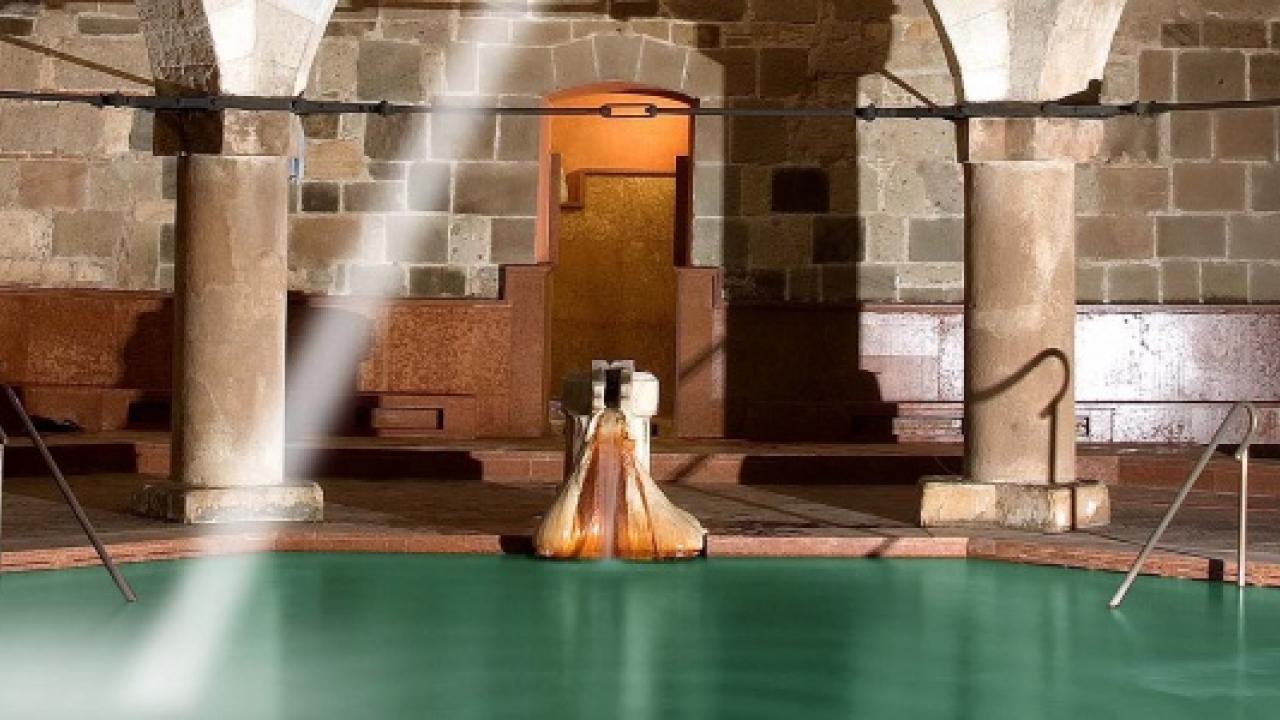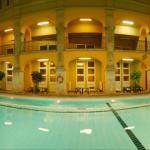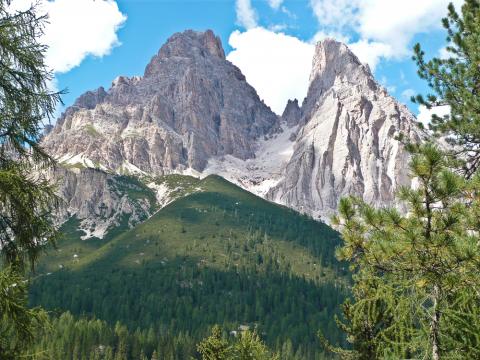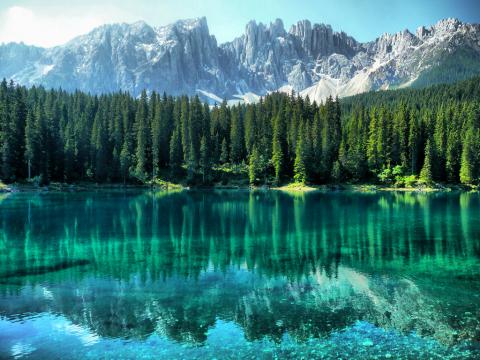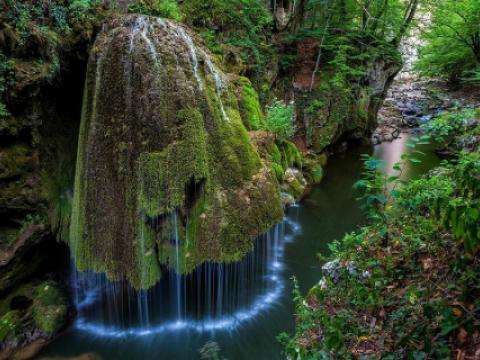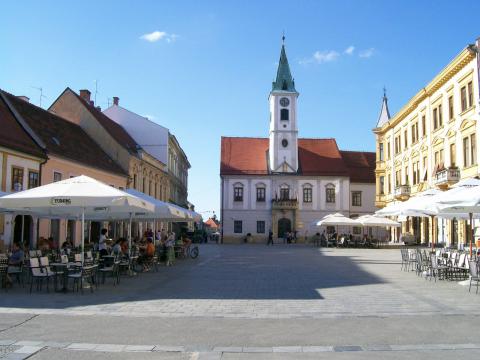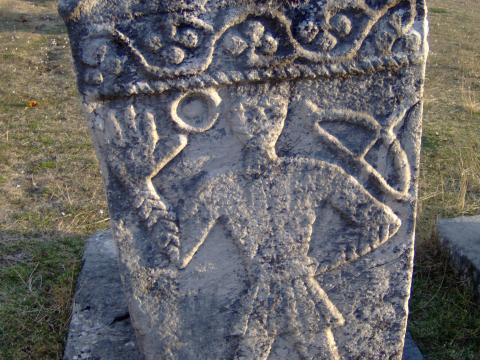Location
Hungarians are very proud of their national culture, but don’t underestimate foreign influences. One of the best examples of how the people of Budapest embraced Turkish culture is the Rudas Baths. Located on the Buda side, this spa complex was made in the 16th century, when the Turks ruled this area.
The design of these baths is a mixture of various styles, from Ottoman Empire to modern time. As it served the people of Budapest for ages, every generation added some element to this building, making it a unique Budapest building. Rudas Baths are not only popular because of their wonderful looks, but also of the health properties thermal water in this place has. Being rich in calcium, this water helps people with joint problems, but doesn’t harm others.
Take streetcars 18 or 19 to Döbrentei tér.
A day pass with a cabin costs HUF 2,900 during the week and HUF 3,200 on the weekends. Friday & Saturday night bathing tickets are HUF 3,600. A 30-minute aroma massage is HUF 4,000 and a refreshing 20-minute massage is HUF 3,000.







